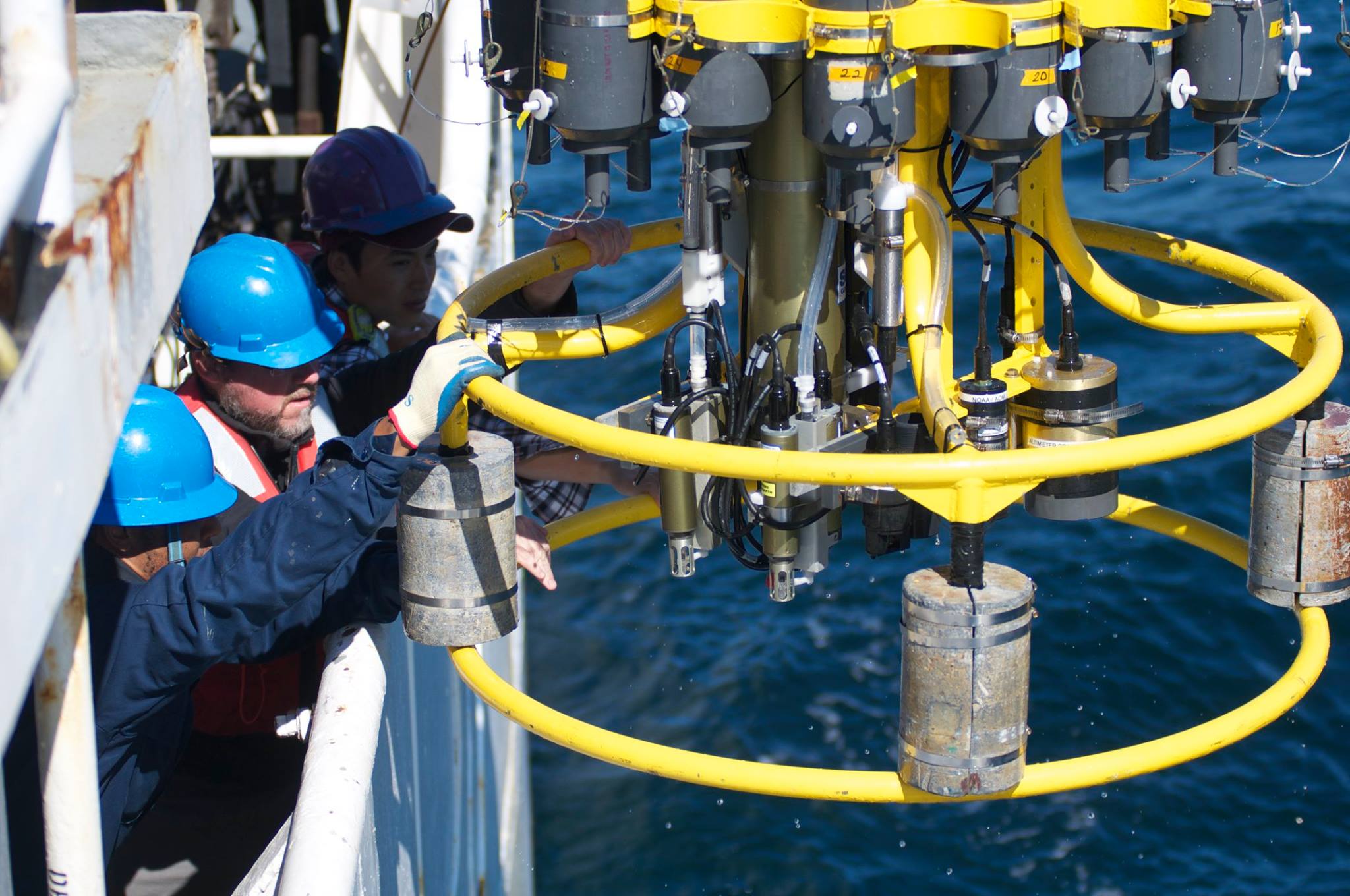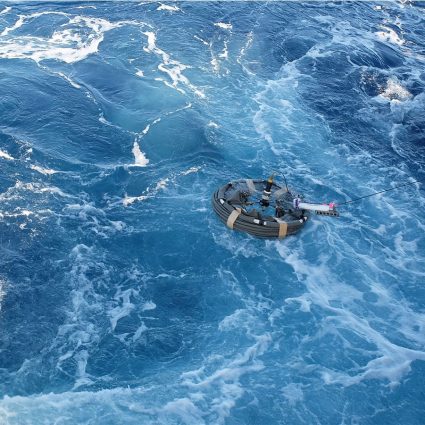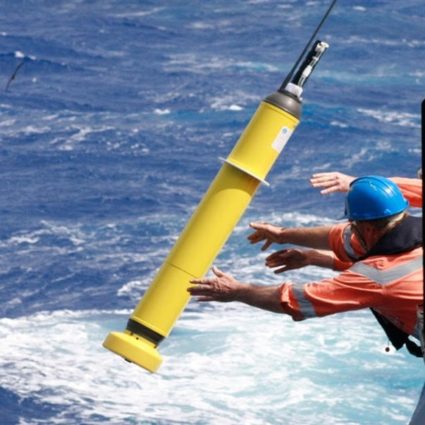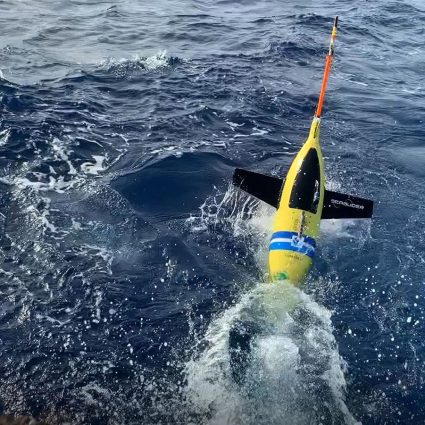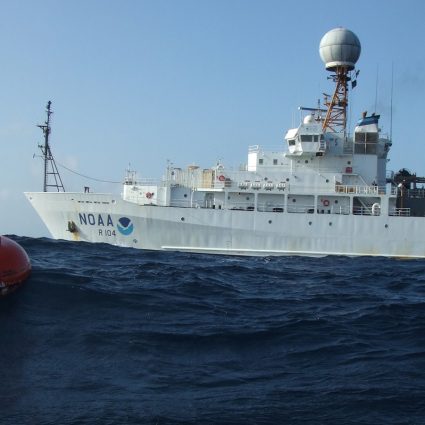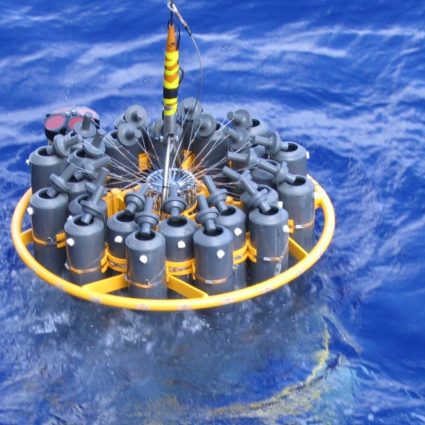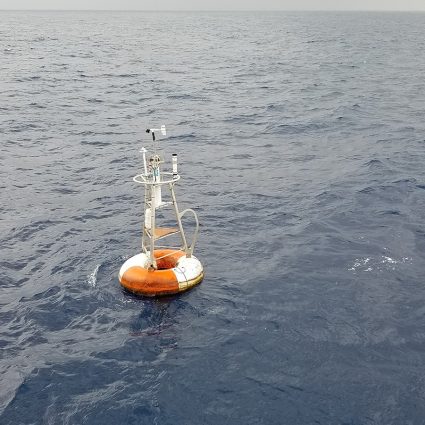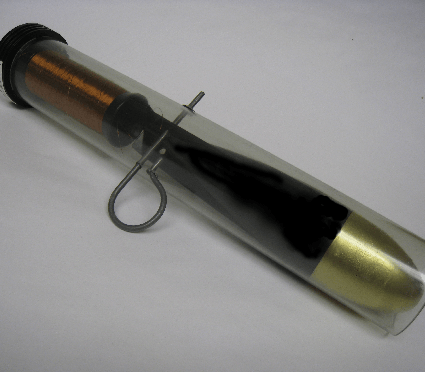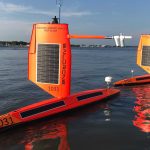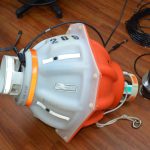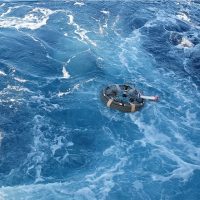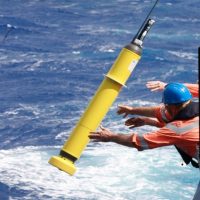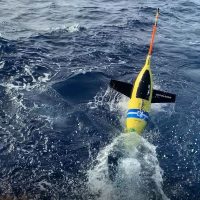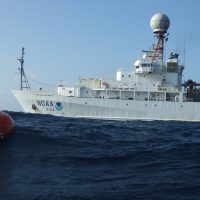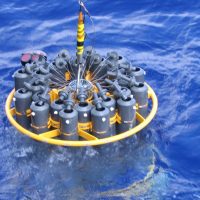Research Themes
Featured Projects
More PHOD Research Projects
Featured Projects
Featured Publications

Hong, J. S., Kim, D., Lopez, H., Lee, S. K., Mercer, A., & Johnson, N. C. (2025). Projected increase in ENSO-induced US winter extreme hydroclimate events in SPEAR large ensemble simulation. npj Climate and Atmospheric Science, 8(1), 84.
Gramer, L.J., J. Steffen, M. Aristizabal, and H.-Y. Kim, 2024: The impact of coupling a dynamic ocean in the Hurricane Analysis and Forecast System. Frontiers in Earth Science, 12;1418016.
Tuchen, F.P., R.C. Perez, G.R. Foltz, M.J. McPhaden, and R. Lumpkin, 2024: Strengthening of the equatorial Pacific upper-ocean circulation over the past three decades. Journal of Geophysical Research-Oceans, 129(11):e2024JC021343.
Volkov, D., R.H. Smith, R.F. Garcia, D. Smeed, B. Moat, W. Johns, and M.O. Baringer, 2024: Florida Current transport observations reveal four decades of steady state. Nature Communications, 15:7780.
Recent News
Recent News
Recent News
NOAA SciJinks Web Game
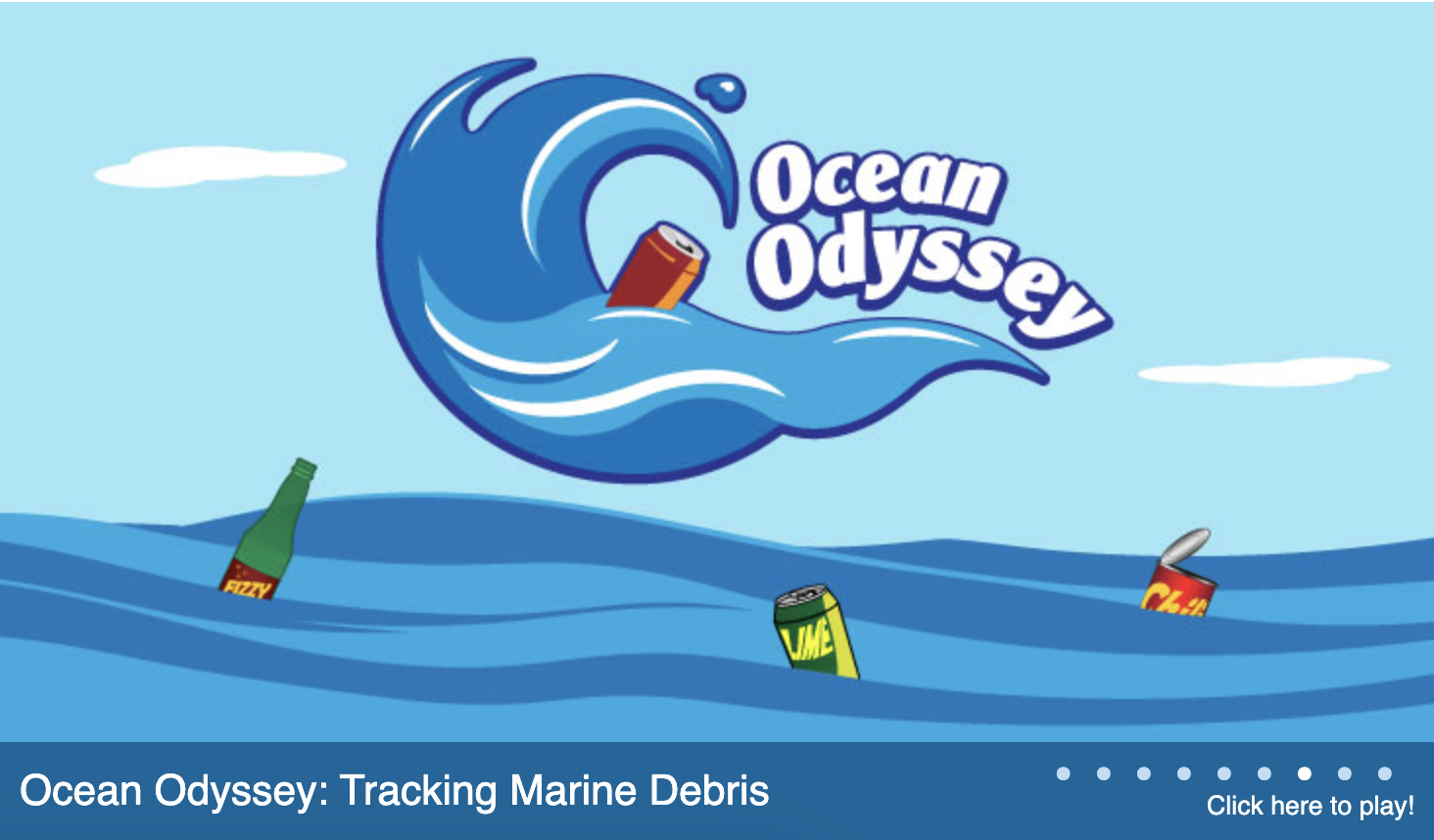
NOAA’s Adopt a Drifter Program’s (ADP) first summer intern designed and developed Ocean Odyssey: Tracking Marine Debris, a NOAA SciJinks web game suitable for K-12 audiences.
Ocean Odyssey incorporates historic drifter data and helps middle school audiences understand how ocean surface currents transport marine debris and how users can help keep our oceans clean. The new SciJinks game is the latest addition to the ADP’s growing list of resources for educators! Teachers can now introduce the topic of ocean surface currents and marine debris in an informative and fun manner.
Physical Oceanography Data
Data from buoys, satellites, and instruments on the sea floor can be accessed on our Data page or by clicking the links below.
Argo Data: Broad-scale global array of temperature and salinity profiling floats.
Satellite Data: Sea height anomaly, sea surface and water column temperature, and surface currents.
Global Drifter Data: Global surface currents, drifter-derived climatology, and seasonal current animations.
State of the Observing System Data: The State of the Ocean Observing System is our evaluation of how well essential ocean and climate variables are being measured.
XBT Data: Temperature, structure, and time-dependent ocean properties of the Atlantic Subtropical Gyre.
Florida Current Transport Time Series: Submerged cables provide voltage differential to measure daily transport
Contact
| Renellys Perez, Ph. D.
Deputy Director, Physical Oceanography Division
